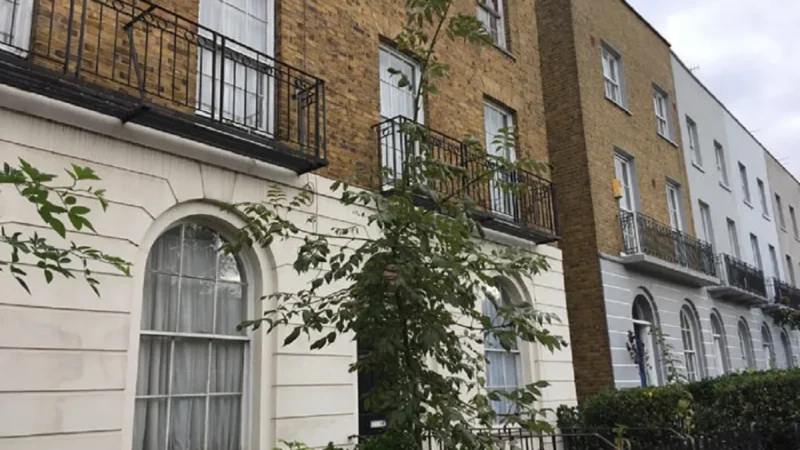How Does Buy To Let Mortgage Work

Table of Contents
Toggle1) The application:
The first step is filling out an online application form with your details and those of your partner or spouse if you’re applying for a joint mortgage. You’ll need your National Insurance number as well as proof of identity and income.
2) The Mortgage:
When you submit your completed application, you’ll be asked for proof of income and evidence that you can afford the repayments on a monthly basis. This includes bank statements or tax returns which show how much money you have coming in each month – this will also include any savings that are going into this account each month too. If you don’t have enough money saved up then lenders will ask for other forms.
3) Completion of sale:
Now that you are done with the process, you can complete your purchase.
Buy-to-let mortgages are designed for people who have the capital and ambition but not necessarily the time or expertise to become full-time landlords.
The process of applying for a buy-to-let mortgage can be complicated, with many different types and lenders available.
The most common types of mortgages are fixed rate, tracker and variable rate.
- A fixed rate mortgage is an interest rate that remains the same for the duration of the loan. This type of mortgage is typically used by first time investors who need to find a property they can afford but don’t want to commit too much into at once.
- A tracker mortgage has an interest rate that changes periodically during the term of the loan, usually annually or quarterly. This type of mortgage is popular with investors who want to make sure they don’t miss out on any opportunities to increase their returns on their investments over time.
- A variable rate mortgage has an interest rate that changes throughout the term and can go up or down based on market conditions and economic factors such as inflation, GDP growth and unemployment levels.
The UK buy to let mortgage market has been growing steadily since the 1980s, with the market now at £12 billion. The size of this market is a reflection of the UK’s increasing demand for rental property.
These loans are typically offered by banks and building societies, but they can also be offered by specialist lenders such as private lenders or specialist mortgage brokers.
This type of mortgage is not suitable for everyone as it involves taking on significant amounts of risk. However, if the borrower can manage their finances well and has a large deposit, then this type of mortgage can be an attractive option.






